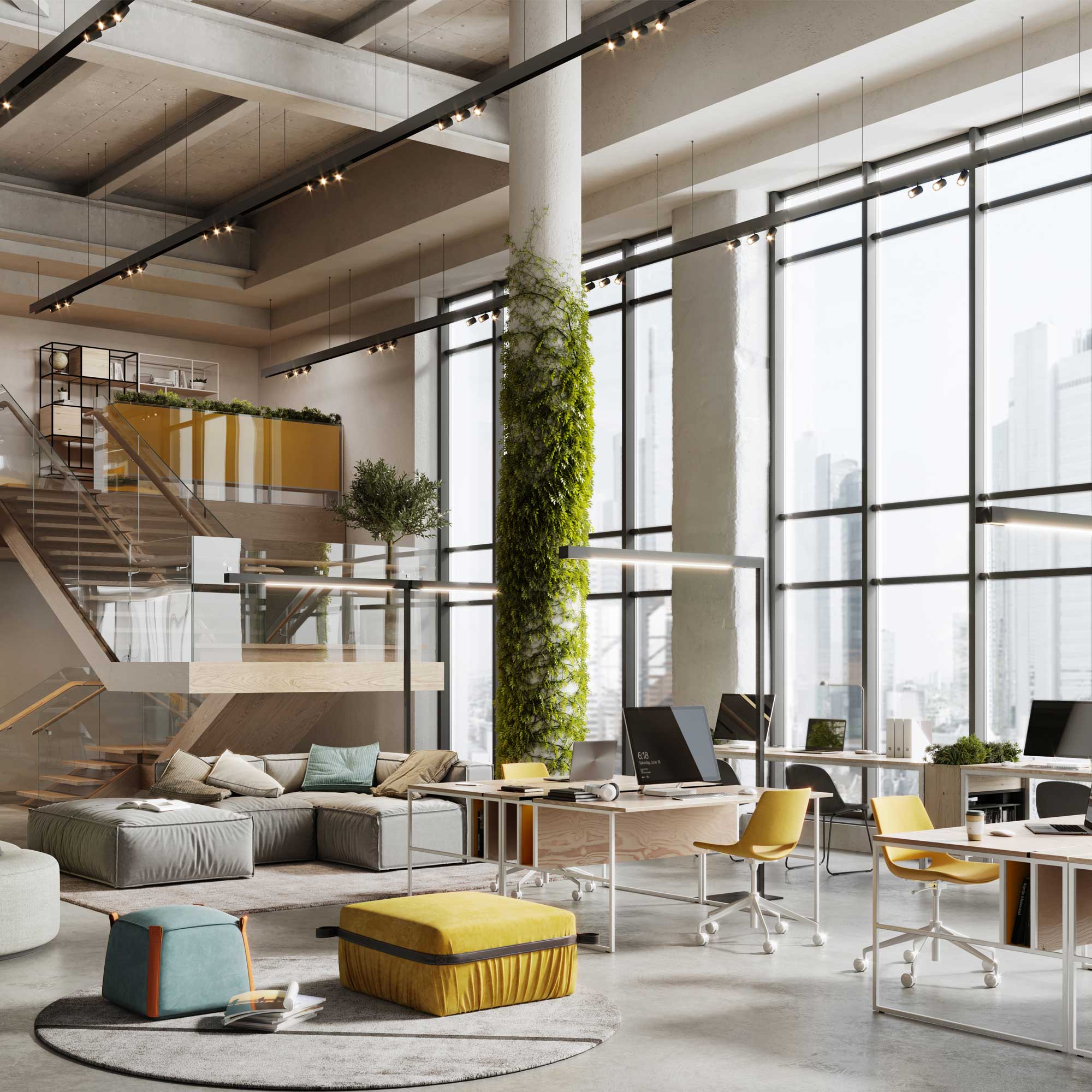The pandemic and the expanded opportunities for working from home that came with it have made it clear that a significant number of people can accomplish their work just as well, and in some cases even better, at home.
A Fortune 500 survey of nearly 1 million workers in the U.S. found that productivity remained stable or even increased after employees began working remotely.
Many large companies like Meta (Facebook’s parent company) have moved entirely to the remote office model. A study by the International Workplace Group (IWG) found that 83% of workers would turn down a job if it didn't allow for flexible working models.
Indeed, it appears that the original concept of the office has become obsolete. Innovative approaches to workplace design are needed.
What can an office provide that working from home cannot?
For many, the office remains a place for spontaneous social interactions, which are difficult to replicate digitally, and which play a particularly import role in promoting creativity and team cohesion. In-person encounters produce a higher level of emotionality and closeness than do digital communications. For new colleagues in particular, it is more difficult for them to find their place and to receive the transfer of know-how without brief, informal chats.
The office creates a space where you can escape Zoom fatigue and arrive at surprising solutions through social interactions, in addition to strengthening cohesion and company culture. Some workers also need a change of scenery for improved concentration and creativity.
The end of the open office plan
The era of the office isn’t over, but the role played by the office has undergone profound changes.
Open-plan offices, where employees just plug in their laptops and work the same way they do from home, are outmoded. The office should be understood as a complement to the remote office and designed accordingly. This allows people to work in the place where they are most productive, and the office can add real value.
Workers increasingly want places where they can work together in a variety of different ways: lounge areas designed for conversations and closed rooms for focused work along with traditional conference rooms and event spaces. Taken together, these places should exude an ambience where people feel comfortable, places they and their business partners enjoy visiting.
The hub-and-spoke model as an alternative to a main office
Many companies are already moving to a “hub-and-spoke” model, in which employees have several small satellite offices at their disposal and one space serves as a pared down central headquarters. The spokes aren’t always offices in the classic sense – they can also be coworking spaces.


